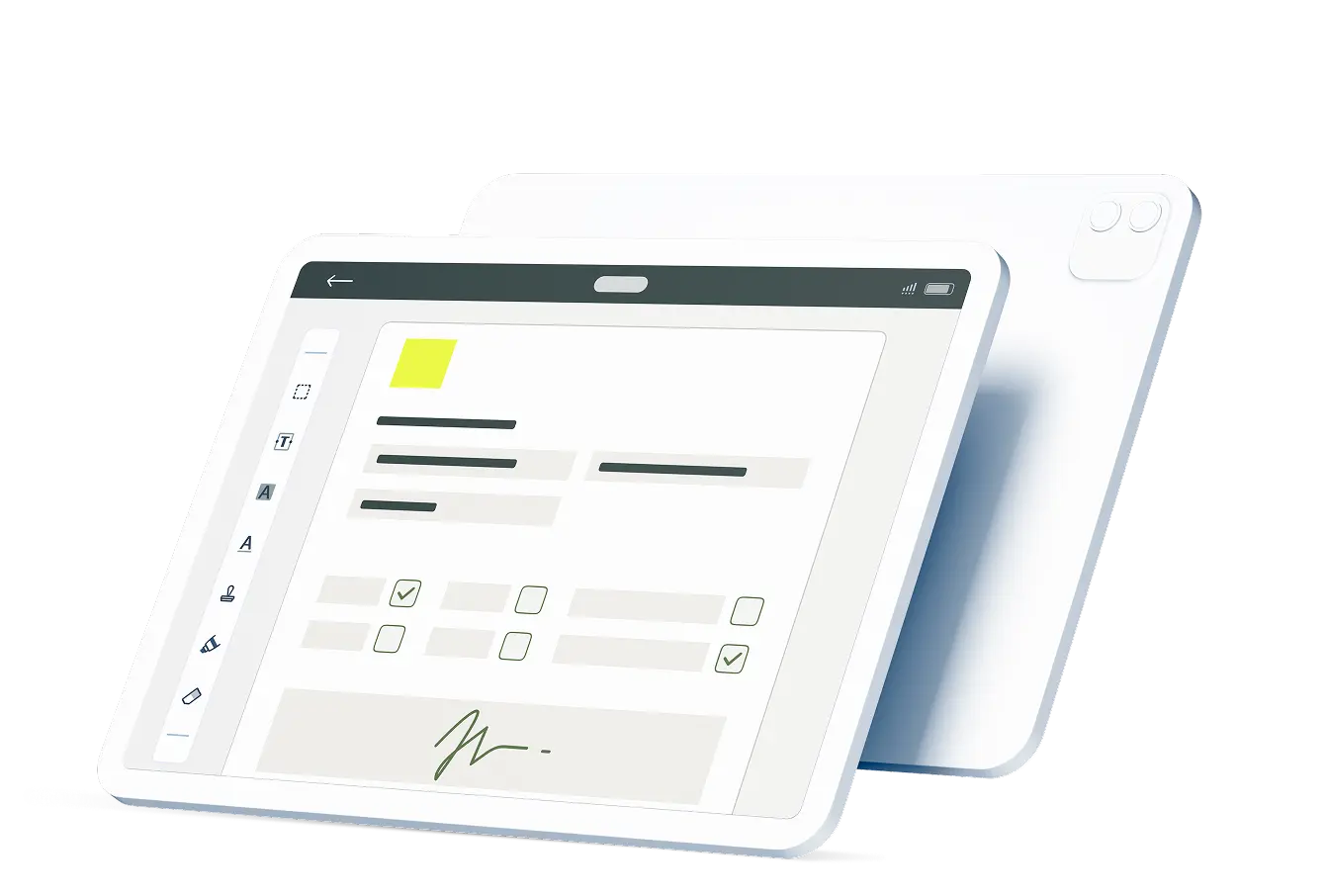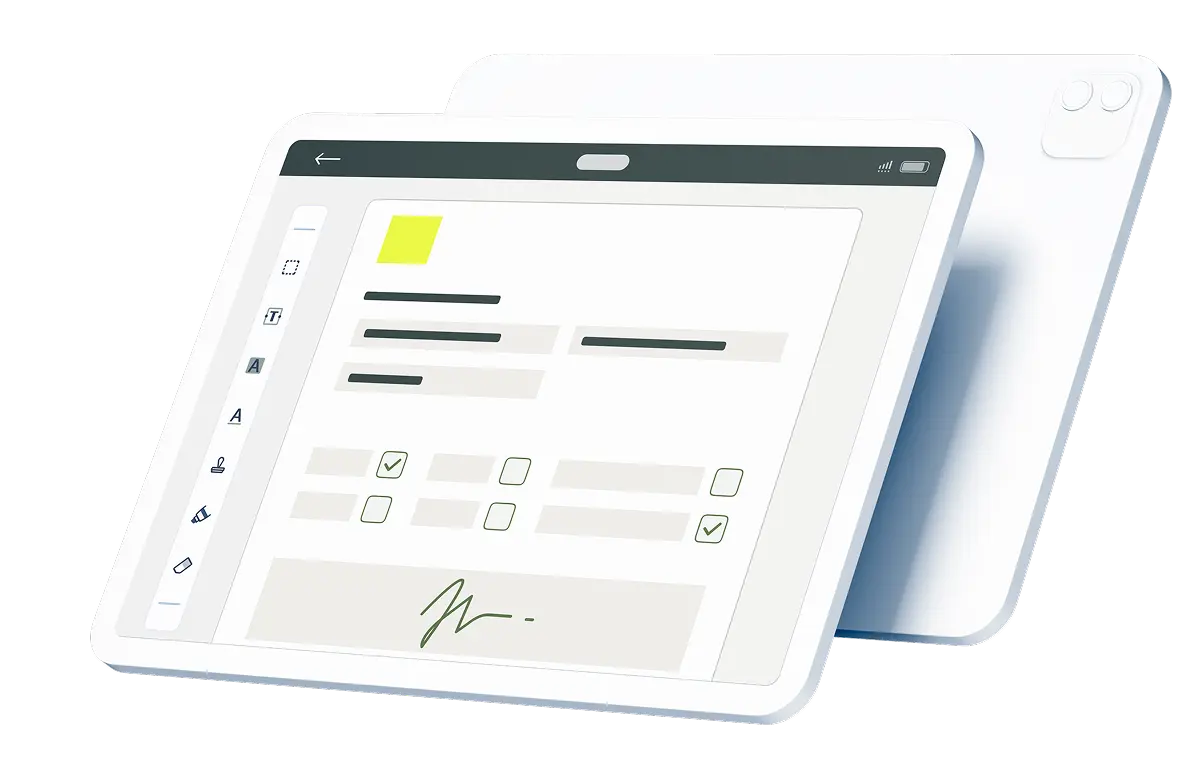Successful completion of a construction project can mean different things within a group of project stakeholders. To the project owner or client, a project is delivered according to the terms of a contractual agreement with a builder or contractor. A project accountant may consider a successful project to be one where all suppliers and subcontractors are paid on time throughout the duration. An auditor may measure success by the timely completion and recording of all project documents, including external deliverables and internal document control, which might include forms such as a project status report template, an issue log and payroll reports.
No matter how you define a successful project, it’s extremely difficult and even unlikely to complete one without tracking progress from day one. Common wisdom says that if you can’t monitor something, you can’t manage it, and construction projects are no exception. The owner and third-party stakeholders expect to be updated on the project status by the project manager on a regular basis. A superintendent or foreman updates the project manager on daily work, including installation of major materials. Inspectors oversee construction work and conduct testing and sampling to make sure materials are compliant with specifications.
Tracking progress requires many people to create and send various reports over the duration of the job. It’s clear that having a specific construction project status report template for each type of report is critical to successfull project management.
Contents:
Reporting Project Progress
When it comes to reporting project information, it’s important that the information is conveyed consistently and in a way that’s meaningful to the intended recipients. If you’ve ever played a game of telephone, it’s not difficult for information to be changed by the time it finally reaches the persons requesting a report. Having a project status checklist helps the person providing the information to generate a complete report that is consistent each time.
A template offers a checklist that can be accessed as many times as necessary throughout the project to keep affected parties informed and apprised of details and project issues. Here is a non-comprehensive list of checklist items that would be noted on a project progress status report template:
- Schedule Performance – Is the project on time? Is it ahead of or behind schedule?
- Cost Performance – Is the project over or under construction budget?
- Scope Performance – Has work been added to the original scope?
- Project Forecasting – What is the current performance on the job and will it be maintained until project completion? Does the performance need to improve to maintain schedule, cost or scope?
- Quality Management – Are materials meeting specifications? Are inspectors making note of failures and confirming retests?
- Issues Log – What are the new and ongoing issues with the project?
- Requests for Information Log – What clarification is needed by the contractor about plan details?
- Submittal Log – Which items have been submitted by the contractor for review or testing? Were these items approved, approved with conditions or rejected?
- Change Orders – What changes from the original plan are necessary to complete the project? What are the statuses of the change requests? Have they been approved?
- Daily Work Report – How many workers were on site? Which equipment was used? What items were installed? What were the site conditions?
- Crew Manhours – How many hours did each crew member charge?
Different entities rely on regular reports providing different information.
Understanding the Importance of Checklists
When it comes to repetitive project processes or procedures, it’s critical that the work be done completely and consistently. This includes the work that feeds the information for a status report, as well as the reporting itself. Checklists provide a way of standardizing the steps associated with a procedure, helping to ensure completeness, efficiency and verification. A well-organized and complete project management status report template has a checklist format. This makes it easier to monitor the progress of a job or task through subsequent reports documents. It also facilitates auditing of a project at any point which also results in generating some type of result.
Harnessing the Power of Technology
Hard copies of checklists and other forms such as a weekly project status report template can become unwieldy, especially for a multi-year job. Paper copies can be lost, damaged or given to the wrong person doing project execution. Electronic versions of checklists and templates can not only be standardized, but they can be automated as part of a workflow, ensuring that the right personnel complete them and sign off on them. Increasingly, construction projects take advantage of the technology of mobile devices to record and share information in real-time for superior execution and oversight. Consider the following scenario:
- The contractor electronically submits a proposed mix design for structural concrete.
- The mix design is routed to the materials testing inspector for review.
- The inspector completes an electronic form as the mix design is checked against project specifications.
- This mix design is one of the required submittals identified in the contract, so its submission is automatically added to a submittal log, which feeds multiple report templates:
- Monthly progress report to the owner and other stakeholders
- Project plan status report template to be used by owner, management consultant and contractor’s principal or director
- Issues log for coordination meetings
- Internal document control records managed by a record keeper or internal auditor
- If the mix design is approved, it is routed back to the contractor for project records.
- If the mix design is rejected, a notification is sent to both the contractor and management consultant to make sure that a resubmittal is scheduled, if necessary.
Imagine taking advantage of a platform accessible by all interested parties, remotely and in real-time, that automates sharing and reporting. Team members can access this platform on smartphones, tablets and laptops for a streamlined, efficient process that is consistent, complete and able to provide notifications.
Fluix brings you a powerful, flexible, lightweight, easy-to-use platform to assist with generating checklists and templates to construction field management system. There’s no need for special coding or operating systems to provide an entire team, even across multiple entities on the same page, with real-time, consistent information sharing. Remember, if you can’t monitor it, you can’t manage it.

